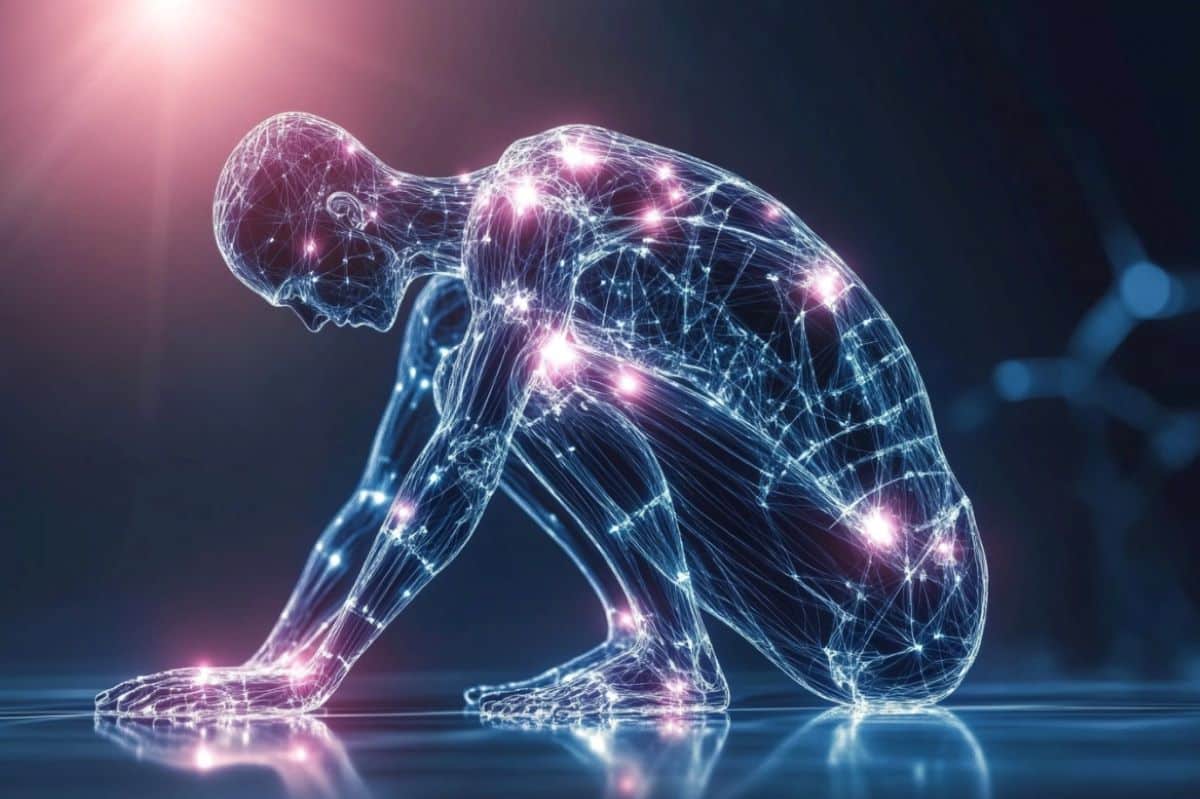Summary: Researchers have developed a comprehensive atlas that maps genetic activity in nerve cells linked to chronic pain, offering a potential breakthrough in non-addictive treatments. The study highlights key pain-sensitive nerve cell states, allowing for new therapeutic targets, such as senescent cells. Administering senolytic treatments in mice led to full recovery from pain without side effects, providing hope for chronic pain patients.
Key Facts:
- A new atlas maps nerve cell changes in chronic pain conditions.
- Targeting senescent cells in mice resulted in recovery from pain behaviors.
- This could lead to non-addictive treatments for chronic pain and headaches.
Source: Karolinska Institute
Researchers at Karolinska Institutet have developed a new comprehensive mapping of genetic activity for understanding the causes of chronic pain.
The study, published in Nature Communications, opens the way to more efficient non-addictive treatment for chronic pain and potentially headache disorders.

Researchers have long struggled to understand the complex mechanisms behind neuropathic pain after nerve injury—a global problem affecting millions of people. Current treatment often relies on opioids, which are associated with limited effectiveness and numerous side effects, including the risk of addiction.
Although new medications are being tested in clinical trials, they generally focus on targeting a single pathway within a broader and complex pain phenotype.
Innovative pain atlas
The scientists behind the new study have developed an innovative atlas of the somatosensory system during neuropathic pain called iPain, focusing on the dorsal root ganglia and trigeminal ganglia.
“Our atlas combines data from multiple sources and various chronic pain models. This comprehensive approach allows us to analyze how cells of the somatosensory system change throughout the development of chronic pain condition,” says Saida Hadjab, principal researcher and research group leader at the Department of Neuroscience, Karolinska Institutet, who led the study.
Now available on CellxGene (iPain), this atlas offers valuable resources for future pain research.
“Using our atlas, we identified different pain-related phenotypic states of nociceptors (pain-sensitive nerve cells) that are consistent across different pain models,” says Prach Techameena, Ph.D. student in neurobiology in the Hadjab Lab at KI.
The findings led to the discovery of a specific state that marks the persistence of pain in all chronic pain models analyzed.
Recovery from pain behavior
The team explored the therapeutic potential of targeting senescent cells in mice using established senolytic compounds and novel proteolysis-targeting chimeras (PROTACs).
“Administering the treatment one week after injury resulted in complete recovery from pain behaviors, with no adverse effects on anxiety, balance, motor function, or blood cells,” says Xiaona Feng and Kaiwen Zhang, respectively postdoc and Ph.D. student in the Hadjab lab.
The research team hopes these discoveries will benefit patients suffering from severe chronic pain, including trigeminal neuralgia, and cluster headache, for whom treatment options remain limited.
About this gene mapping and pain research news
Author: Saida Hadjab
Source: Karolinska Institute
Contact: Saida Hadjab – Karolinska Institute
Image: The image is credited to Neuroscience News
Original Research: Open access.
“The single-cell transcriptomic atlas iPain identifies senescence of nociceptors as a therapeutical target for chronic pain treatment” by Saida Hadjab et al. Nature Communications
Abstract
The single-cell transcriptomic atlas iPain identifies senescence of nociceptors as a therapeutical target for chronic pain treatment
Chronic pain remains a significant medical challenge with complex underlying mechanisms, and an urgent need for new treatments.
Our research built and utilized the iPain single-cell atlas to study chronic pain progression in dorsal root and trigeminal ganglia. We discovered that senescence of a small subset of pain-sensing neurons may be a driver of chronic pain.
This mechanism was observed in animal models after nerve injury and in human patients diagnosed with chronic pain or diabetic painful neuropathy. Notably, treatment with senolytics, drugs that remove senescent cells, reversed pain symptoms in mice post-injury.
These findings highlight the role of cellular senescence in chronic pain development, demonstrate the therapeutic potential of senolytic treatments, and underscore the value of the iPain atlas for future pain research.






